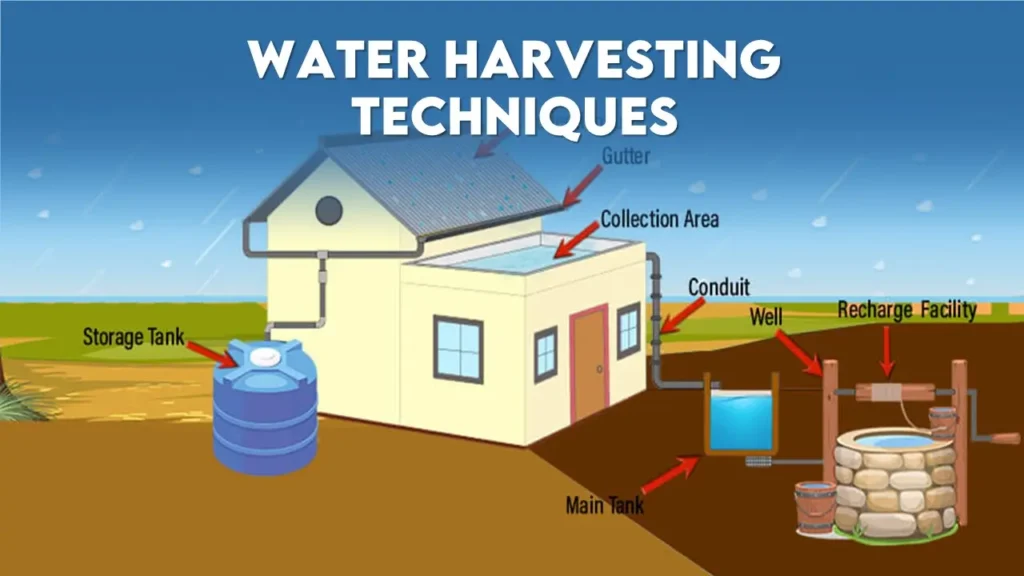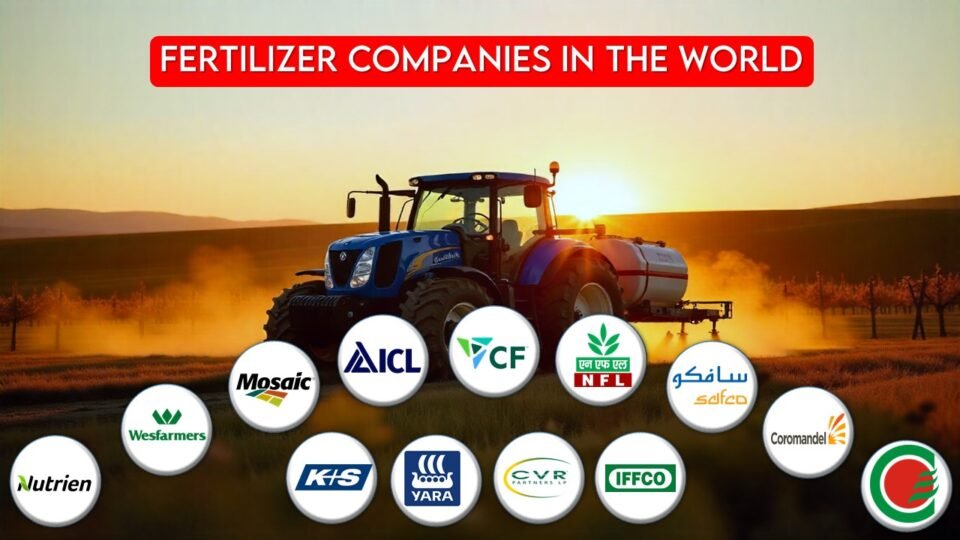Water scarcity has become prevalent across the world. Scientists predicted it years ago, but we didn’t hear them. We continued to use water lavishly, built huge skyscrapers on waterbodies, cleared forests, and laid down our world. But it did not take long before we started facing the consequences. Temperatures rose, our water bodies depleted, and now people are paying huge amounts for a commodity that we used to have for free.
As water sources are depleting around the world, it is our responsibility to save whatever is left. Today we will be learning about different water harvesting techniques. Some of them involve the construction of complex structures while others can be easily constructed in our homes. So let us start.
What is Water Harvesting?
Water harvesting refers to the practice of collecting and storing water from various sources for future use. These sources can include rain, storm, water runoff, gray water (lightly used water from baths, sinks, washing machines, and other kitchen appliances), snow, air, and fog.
So, while rainwater harvesting is a common type of water harvesting, the term “water harvesting” encompasses a wider range of water sources and collection methods.
Different Water Harvesting Techniques
Rainwater harvesting is the technic of collecting rainwater and storing it in tanks to use it for our daily needs. The various rainwater harvesting techniques in home are
Rooftop rainwater harvesting
It is a method of collecting and storing rainwater that falls on building roofs. When it rains, the water that falls on the roof is collected and directed through the downpipes into the storage tank.
One of the interesting facts about rooftop rainwater harvesting is that each square meter of roof space can collect around 1 liter of water for every millimeter of rainfall. So, if you have a 100 square meter roof and it rains 10mm, you could collect up to 1000 liters of water!
Rooftop rainwater harvesting is not just cost-effective but also eco-friendly. Maintenance of these systems is also straightforward. Regular cleaning of the roof, gutters, and tanks ensures the system remains effective and the water collected is clean.
Surface Run-off Harvesting
The technique where we collect, accumulate, and store stormwater for its eventual reuse. It’s like a treasure hunt where the treasure is water, and the map is the landscape. The residual rainwater that flows as runoff on the ground is our treasure.
When it rains, water flows over the land surface. This is called surface runoff. It’s like a river of rainwater flowing over the ground. That’s what surface run-off harvesting is all about.
With the development of urbanization, human encroachment on nature, and the loss of vegetation, the infiltration of water into the ground has decreased. This means more water is available as surface runoff.
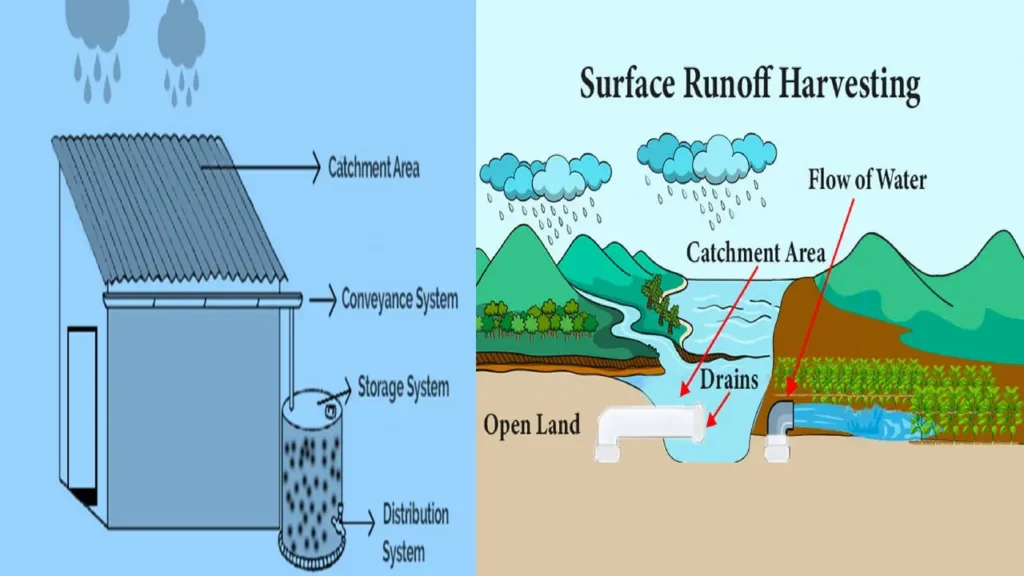
Groundwater Recharge
The method of directing rainwater or surface water into the ground to replenish the groundwater level. When it rains, instead of letting the water flow away, we “deposit” it into our “groundwater bank”.
For instance, in some parts of India, the groundwater table is rapidly depleting by an average rate of 3.03 feet per annum due to extensive extraction of groundwater.
Natural recharge measurements carried out in about 20 river basins across India suggest that about 15–20% of seasonal rainfall contributes to groundwater recharge in the Indo-Gangetic plains. However, this figure falls to only 5–10% in the peninsular hard-rock regions.
Infiltration Wells
A method of collecting and storing rainwater or surface water in the ground to replenish the groundwater level. It’s like a secret tunnel in a video game that allows water to seep into the ground.
Infiltration wells are structures that are dug deep into the ground and filled with porous material like pebbles. These wells are like “secret tunnels” for our water. Rainwater is directed into these wells where it slowly seeps into the ground, recharging the groundwater.
One of the interesting facts about infiltration wells is that they do not have to have a direct inlet. In most cases, they have a coiled drain between the soil surface and the underground piping.
Infiltration wells can be used to either drain a catchment area or recharge groundwater, especially where the recharge of the aquifer is low due to low rock/soil permeability. The well penetrates through this low permeability layer, allowing water to reach the aquifer directly.
However, water extraction from these wells is a secondary activity, as the water levels will be lower and the amount extracted will be more limited.
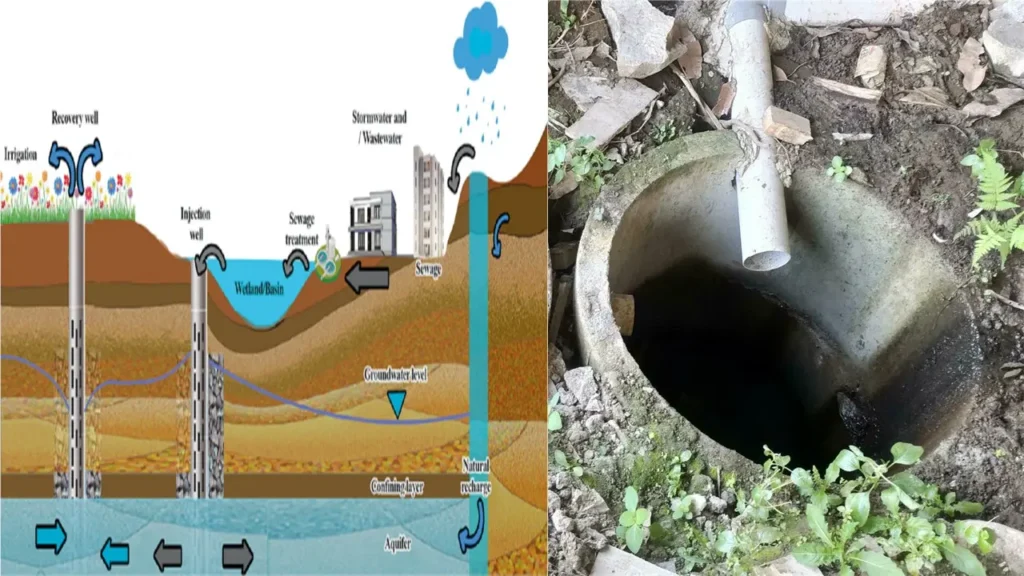
Recharging Groundwater Aquifers
The method of directing rainwater or surface water into the ground to replenish the groundwater level. It’s like a big underground reservoir in a video game to store water. In real life, we call these reservoirs aquifers.
When it rains, a part of the rainfall that falls on the Earth’s surface infiltrates the surface, percolates through the vadose zone, and finally joins the water of an aquifer below, thus recharging the groundwater resource. Rainfall is a main source of recharge of groundwater in large parts of the world.
Natural recharge measurements carried out in about 20 river basins across India suggest that about 15–20% of seasonal rainfall contributes to groundwater recharge in the Indo-Gangetic plains. However, this figure falls to only 5–10% in the peninsular hard-rock regions.
However, due to the extensive extraction of groundwater, the groundwater table is rapidly depleting by an average rate of 3.03 feet per annum. As demand for groundwater has gone up, rapid urbanization and land use changes have decreased drastically the already low infiltration rates of rainfall into the soil and have diminished the natural recharging of aquifers.
Recharge wells are commonly used in urban areas where there’s limited open space, while check dams and nala bunds are more suitable for rural areas with large open fields.
However, due to the extensive extraction of groundwater, the groundwater table is rapidly depleting by an average rate of 3.03 feet per annum. As demand for groundwater has gone up, rapid urbanization and land use changes have decreased drastically the already low infiltration rates of rainfall into the soil and have diminished the natural recharging of aquifers.
Runoff Water Harvesting Techniques
Runoff water harvesting is a method of collecting and storing water that flows over the land during rainfall. Let’s explore them:
- Rooftop Rainwater Harvesting: This is a method where rainwater that falls on the roofs of buildings is collected and stored in tanks.
- Surface Runoff Collection: This involves collecting the water that flows over the land surface during rainfall.
- Flood Runoff Harvesting: This is a method where the water flow is dammed and as a result, inundates the valley bottom of the flood plain. The water is forced to infiltrate and the wetted area can be used for agriculture or pasture improvement. In another form of flood water diversion, the water is forced to leave its natural course and conveyed to nearby cropping fields.
- In-Situ Rainwater Harvesting: This is a method where rainwater is collected and stored where it falls.
Rooftop rainwater harvesting is commonly used in urban areas where there’s limited open space, while surface runoff collection and flood runoff harvesting are more suitable for rural areas with large open fields.
Also Read
Flood Water Harvesting Techniques
Floodwater harvesting is a method of collecting and storing water that flows over the land during heavy rainfall or flood events.
- Flood Water Harvesting within Stream Bed: This method involves damming the water flow in a stream or river. As a result, the valley bottom of the flood plain gets inundated. The water is forced to infiltrate into the ground, and the wetted area can be used for agriculture or pasture improvement.
- Flood Water Diversion: In this method, the flood water is forced to leave its natural course and is conveyed to nearby cropping fields. This is achieved by constructing diversion structures like channels or canals that guide the flood water to the desired location.
- Construction of Dykes, Dams, and Reservoirs: Dykes and dams are constructed across a water channel to reduce the flow of water, allowing more time for the water to seep into the ground. Reservoirs or holding tanks are built to store the excess water, which can be used later for various purposes like irrigation or recharging groundwater.
- Building Alluviums: Alluviums are man-made channels designed to divert water from flooding.
Floodwater harvesting within streambeds is commonly used in areas where the land is flat and wide, while floodwater diversion is more suitable for areas where the land is sloping and there are nearby cropping fields.
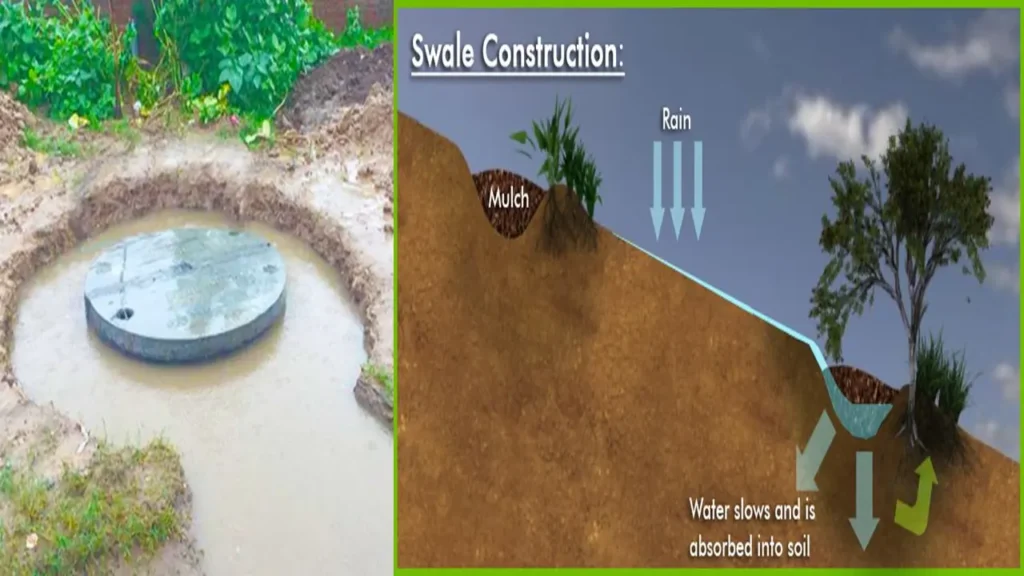
Permaculture Water Harvesting Techniques
- Earthworks: This technique involves shaping the land to collect and store water. It includes creating swales (shallow, wide ditches) on contour lines to slow down the flow of water, allowing it to infiltrate into the ground. The stored water can then be used for irrigation or recharging groundwater.
- Rainwater Harvesting: This technique involves collecting rainwater from roofs and other hard surfaces and storing it for later use.
- Greywater Recycling: Greywater is lightly used water from baths, sinks, washing machines, and other kitchen appliances. Various techniques like wetland plant systems, big plant systems, eco machine systems, and branch drain systems are used for recycling greywater.
- Flood Water Harvesting: This technique involves collecting and storing water during flood events.
- Aquifer Recharge: This technique involves directing rainwater or surface water into the ground to replenish the groundwater level. It includes creating structures like recharge wells or pits, which are designed to direct water into the ground.
Conclusion
Our actions over hundreds of years have accumulated and are now taking action against us. The groundwater table has already depleted. We are in a transition period. A period in which soon the Earth will become one big desert. Our last chance is to act now and act fast.
Water harvesting refers to the collection and storage of rainwater, runoff water, or flood water so that we can use it for multiple daily purposes except for drinking. Almost all methods are low-cost methods and can be installed in our homes.
Latest Post
- November Issue 2025- Times of Agriculture Magazine
- Punjab & Sind Bank Introduces Special Program to Support Food and Agro-Processing Sector
- Beyond Classrooms and Gardens: How a Professor Turned His Passion into Purpose
- October Issue 2025- Times of Agriculture Magazine
- Top 10 Pesticide Companies in the World
- September Issue 2025- Times of Agriculture Magazine
- Top 15 Fertilizer Companies in the World
- Top 10 Vegetable Farming Profit Per Acre in India
- August 2025 : Times of Agriculture Magazine (AgriVoltaics Farming)


